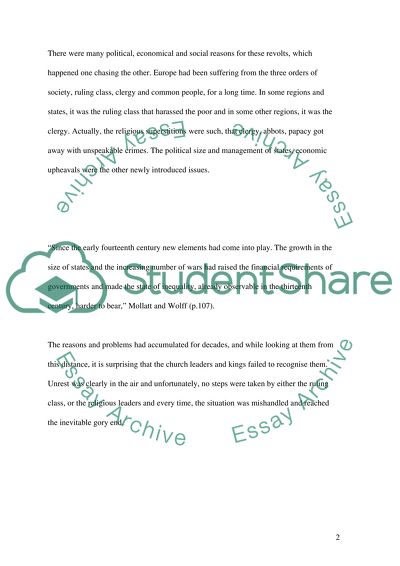Cite this document
(“Revolts in Medieval Europe Essay Example | Topics and Well Written Essays - 1500 words”, n.d.)
Retrieved from https://studentshare.org/history/1510079-revolts-in-medieval-europe
Retrieved from https://studentshare.org/history/1510079-revolts-in-medieval-europe
(Revolts in Medieval Europe Essay Example | Topics and Well Written Essays - 1500 Words)
https://studentshare.org/history/1510079-revolts-in-medieval-europe.
https://studentshare.org/history/1510079-revolts-in-medieval-europe.
“Revolts in Medieval Europe Essay Example | Topics and Well Written Essays - 1500 Words”, n.d. https://studentshare.org/history/1510079-revolts-in-medieval-europe.


